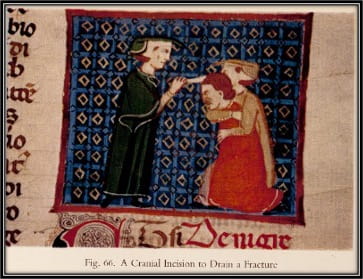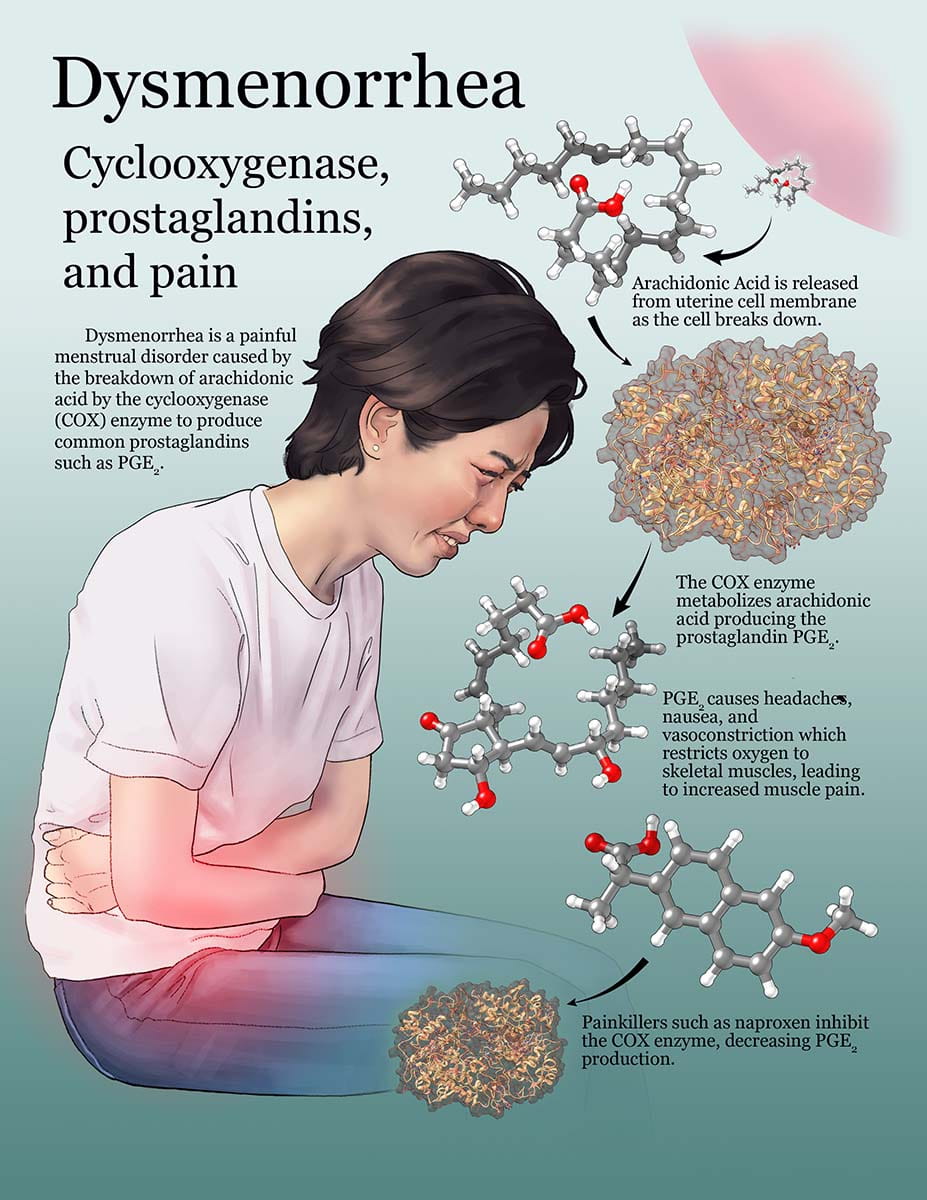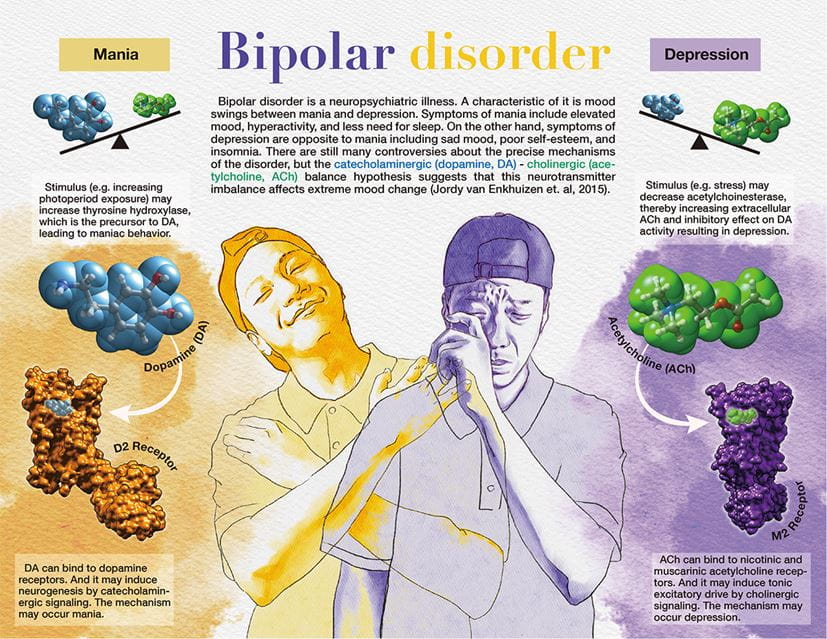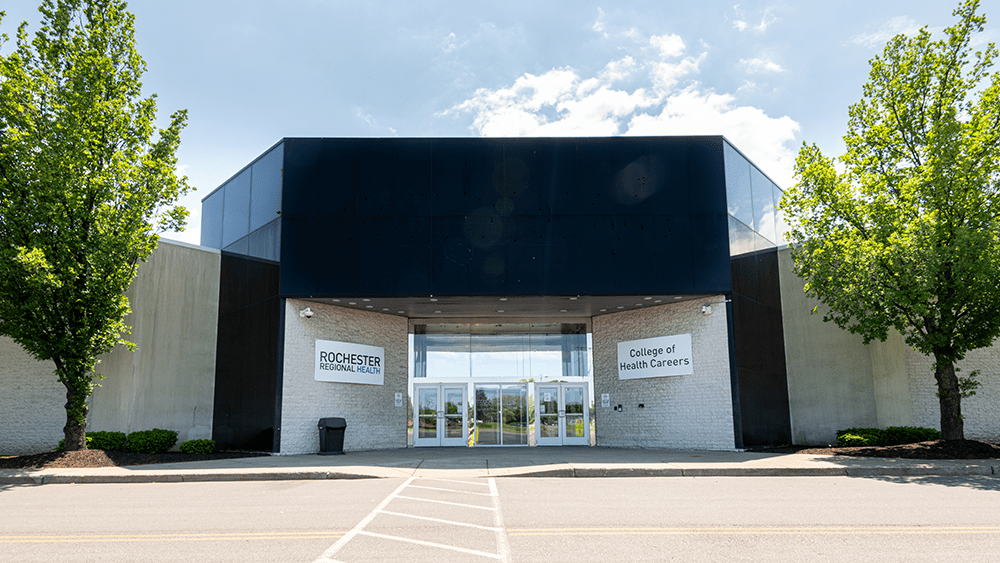
Located in the lobby at the Rochester General College of Health Careers, a new exhibit titled Representation in Medical Illustrations describes the origins and importance of diversity and inclusion in drawings, paintings, and other visual media that help medical providers understand how to better treat the human body.
The exhibit will be on display from July through September, courtesy of a partnership between Rochester Regional Health Diversity, Equity & Inclusion and Rochester Regional Health Archives.
Dating back thousands of years, medical illustrations have been a way for people to communicate and understand new discoveries about the human body and methods of treating disease.
As early as 300 BCE, medical illustrations were being used in the city of Alexandria in Egypt. Medieval manuscripts depict various remedies and techniques for healing illness and injuries.

Medical images lacking in diversity can prevent patients from being properly educated, diagnosed, and treated. For example, the bullseye rash that is typical of Lyme disease presents differently in African American people. Providers failing to recognize this crucial difference may lead to delayed detection and poorer health outcomes; illustrations showing how Lyme presents on a variety of skin tones could help to overcome this disparity.
These illustrations not only help providers recognize and treat diseases, but also help patients understand what they are dealing with so they can be active in their own health care. It is important for patients to be able to understand their disease and to see how it affects people like them. A diverse range of medical illustrations, that show a diverse range of people, helps to reduce cultural bias and can have a real impact on the patient experience.
One of the innovators in modern medical illustration, Frank Netter, was an American surgeon who illustrated the Atlas of Human Anatomy. However, Netter only drew White people in his illustrations – contributing to the lack of diversity in medical imagery.
In the last 20 years, incremental progress has been made in this area. Medical illustration students at Rochester Institute of Technology (RIT) are part of this future, creating depictions of different illnesses and diseases using people with a variety of skin colors and cultural backgrounds. Three of these illustrations are on display in the exhibit.

Tamar Robotham (2022 BFA Medical Illustration, Rochester Institute of Technology), Dysmenorrhea

Sunghwan Bae (2022 MFA Medical Illustration, Rochester Institute of Technology), Bipolar disorder

Xian Boles (2022 MFA Medical Illustration, Rochester Institute of Technology), SARS-CoV-2
The Rochester Regional Health College of Health Careers is located on Skyview Centre Parkway in Irondequoit.
